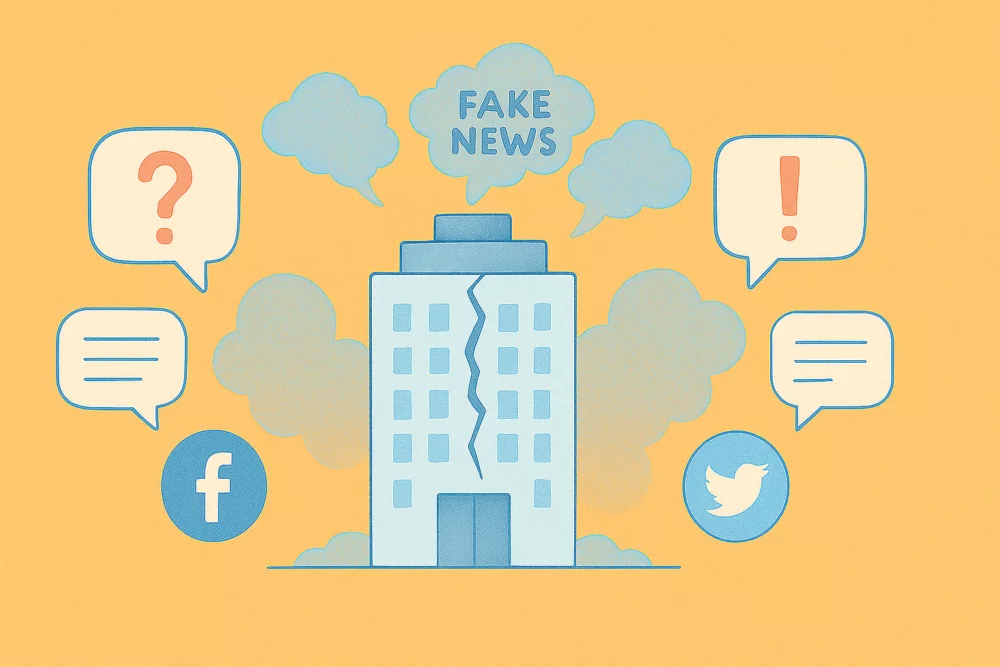What is tech journalism?
There's no exact definition establishing the boundaries of this specialty, but it can be considered as the entirety of journalistic productions concerning how technology shapes and reflects social, political, and cultural life. From new products aimed at the general public to AI biases, and including the investments of major tech companies, tech journalism today covers a broad range of subjects. This is reflected in press practices: most major media outlets now have a dedicated team covering technological developments, which wasn't the case a decade ago.
In 2014, Le Monde pioneered this by creating the Pixel section. In 2019, for example, the online media platform Konbini launched its Konbini Techno vertical. Most recently, in June 2022, the TV channel BFMTV launched its "100% dedicated to technology" platform called Tech & Co, staffed by a team of six. "It's almost normal now to see mainstream articles criticizing machine learning, surveillance technologies, or social media platforms," notes an article from Nieman Lab, Harvard's journalism research center.
Too much email kills email
A vast media ecosystem and range of covered topics exist. What about the relationship between communicators and tech journalists? These relationships are crucial due to the diversity of potential subjects-product releases, tech world events, regular innovations-that prompt numerous attempts at contact from communicators. "I receive around 200 emails per week, many coming from brand communicators and PR," explains Pierre Bazin, a tech and gaming journalist at Konbini.
Often, many received emails are not thoroughly read. "There are few emails that result in actual editorial production. The majority are press releases that are often impersonal or far from my areas of interest. Sometimes, it feels like everyone is trying their luck without truly caring about the topics or editorial line of the media to which they're sending a release," the journalist continues.
During this January 2023 week, one could find various things: a press release about the AI Festival in Cannes, statistics on the global time spent on the Twitch platform in 2022, or information about the latest weapon in a multiplayer video game. Pierre Bazin highlights three main issues in using emails to send information: releases that don't match the needs of a specific media outlet, the proliferation of automated sending loops, and, concerning tech, the delay of French releases compared to Anglophone social media or press. "In tech journalism, French releases often lag behind Anglo-Saxon press. Major American media like The Verge might have the information beforehand, or a leak on social media might come out before the release is sent. Sometimes, 24 hours can pass between the two," he explains.
Essential relationships between communicators and tech journalists
So, is email a hindrance? No, it's also a gateway to more enduring professional relationships. "The sending of emails and press releases needs to be tailored in form and content for each media outlet," he explains. "But then, when I know a communicator or PR person, they send me personalized emails tailored to my topics instead of automated loops. At that point, I'll take the time to read them in detail."
In reality, it's from a properly tailored email that relationships between tech journalists and communicators can develop through other channels: SMS, messaging apps... and soon, in the metaverse?







